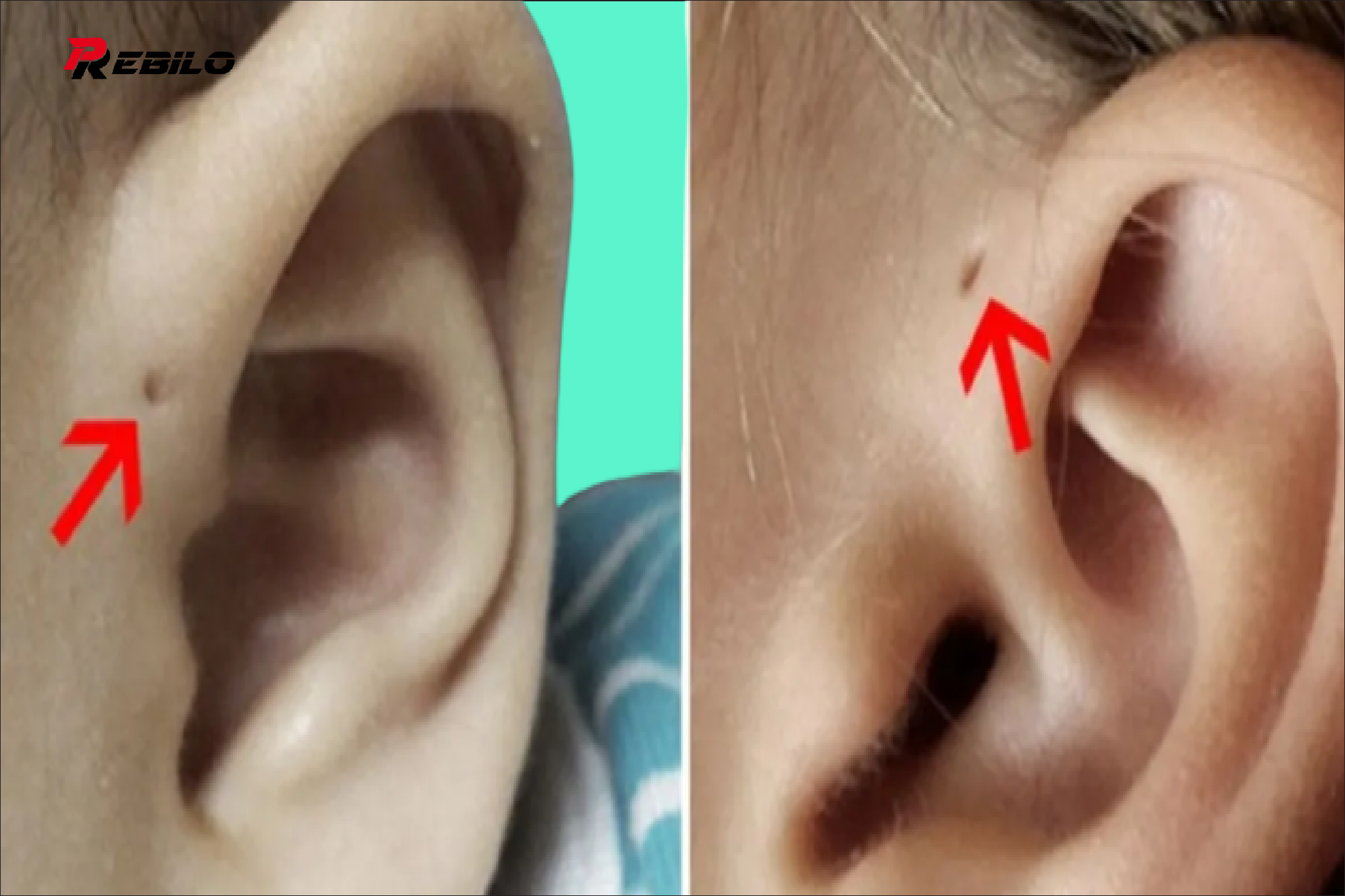If you have a small hole above your ear, here’s what it means
We all have distinct characteristics that set us apart from each other, and these characteristics are not always obvious or physical in nature.
If you have a keen eye for detail, you may have noticed a subtle hollow above the ears in some individuals. Surprisingly, you may have one yourself without even realizing it.
From a distance, this feature can be mistaken for a puncture, birthmark, or scar resulting from an injury. However, it is actually something much more interesting and relatively rare, only found in a small percentage of the population.
This congenital anomaly is referred to as preauricular sinuses or pits, and is not very common in the United States, where less than one percent of the population suffers from it. The prevalence is slightly higher in other regions of the world, such as Asia and Africa, where between four and ten percent of people are affected.
In some cultures, the sinuses in front of the ear have superstitions and are believed to grant wealth. In Ethiopia, for example, this trait is associated with prosperity.
This phenomenon was first documented in 1864 by scientist Van Heusinger. Preauricular sinus is basically a birth defect that occurs during the early stages of fetal development. Moreover, it tends to run in families, which increases the likelihood of it being present in offspring if it is found in you or your relatives.
The small opening, usually located where the ear cartilage meets the face, is formed by the first and second pharyngeal arches. Importantly, this abnormality, which can occur in one or both ears, is not associated with hearing loss. However, there have been extremely rare cases where it has been linked to a genetic syndrome. Hospitals routinely perform comprehensive examinations of babies born with a preauricular fossa to rule out these syndromes.
Although experts classify it as a defect, many theories suggest that the preauricular sinus holds a deeper significance. One interesting argument is put forward by evolutionary biologist Neil Shubin.
Shubin’s assertion derives from the theory of evolution, which suggests that humans and fish share a common ancestor millions of years ago. Some scientists are convinced that congenital abnormalities such as the preauricular sinus serve as evidence supporting this unusual theory.


